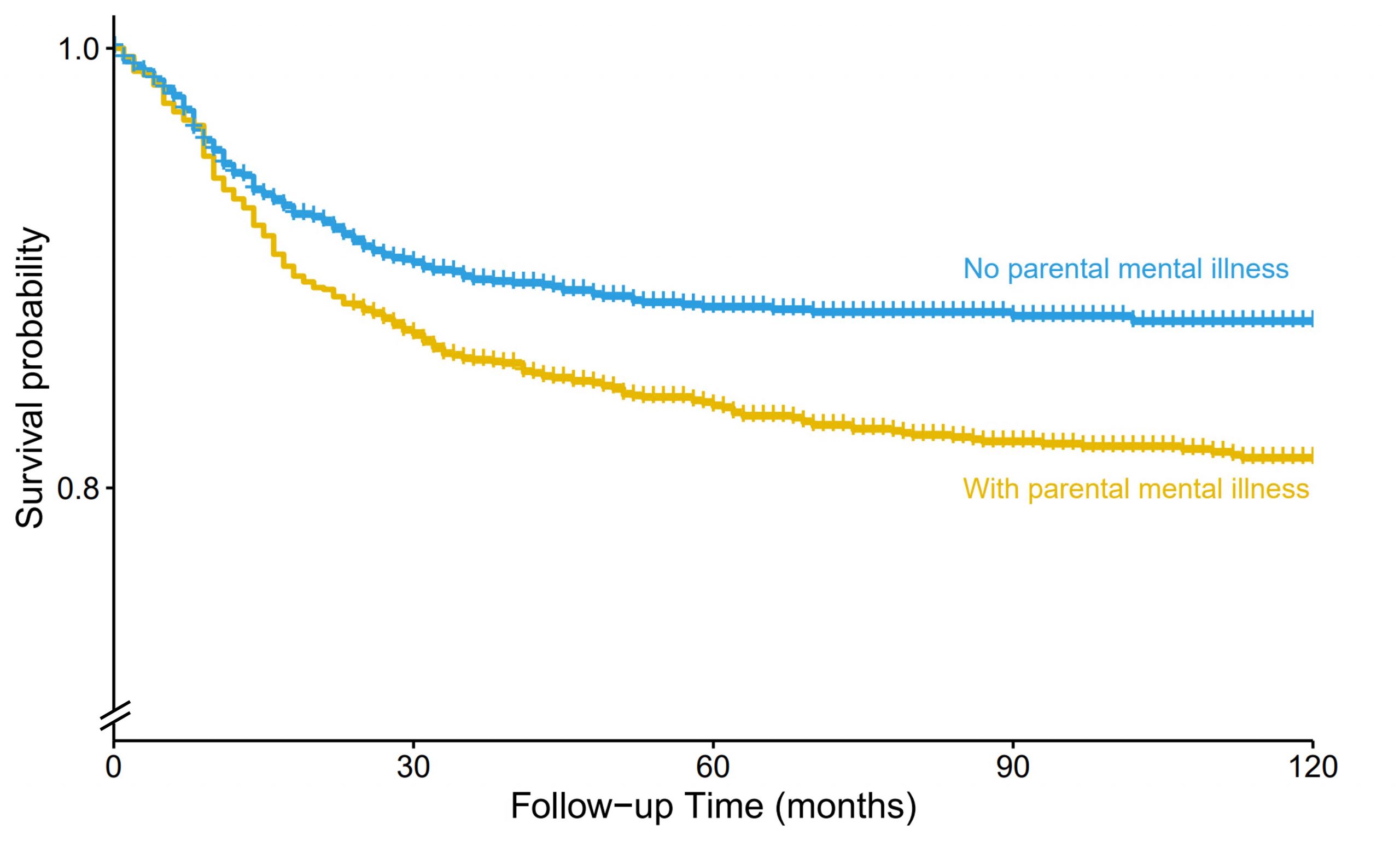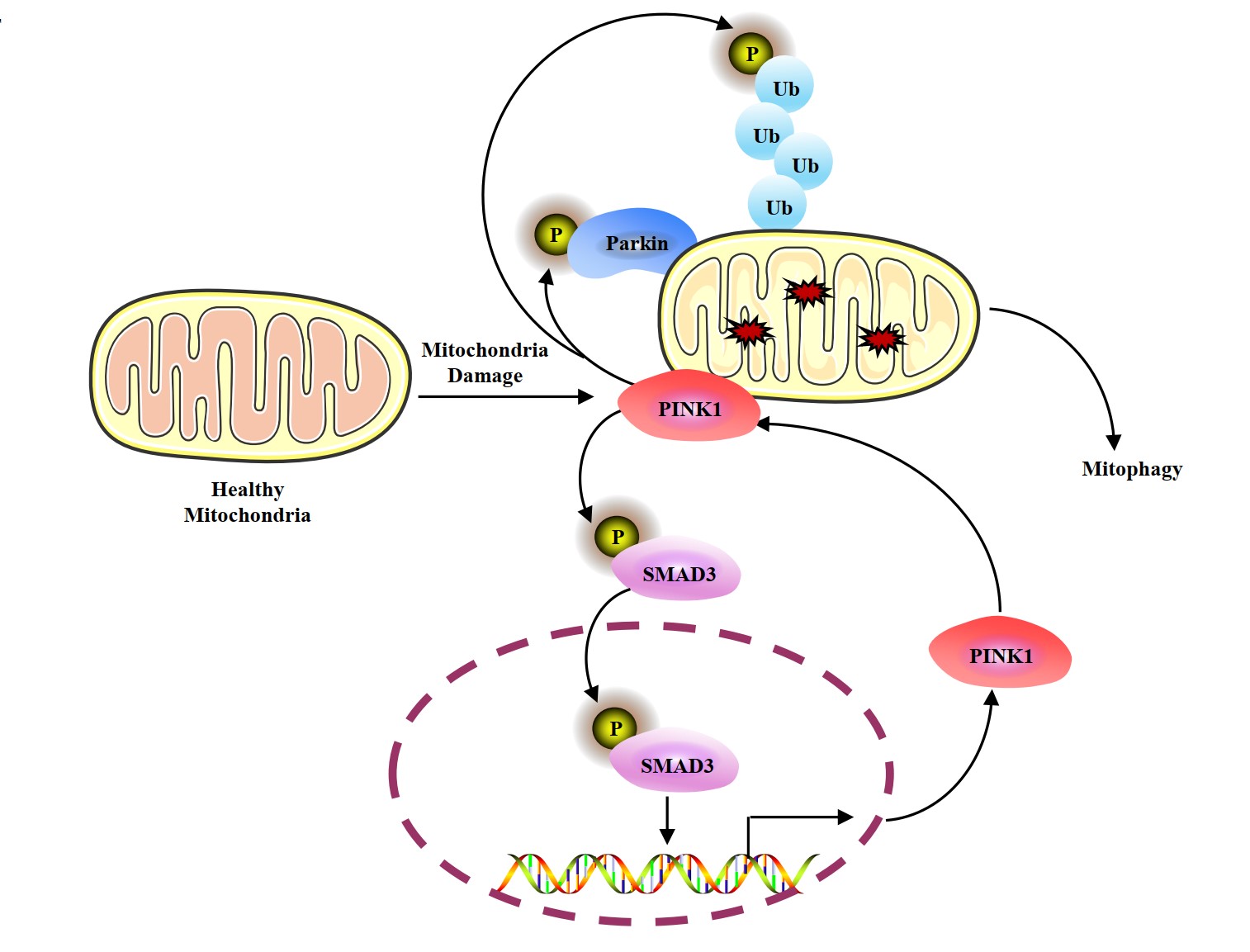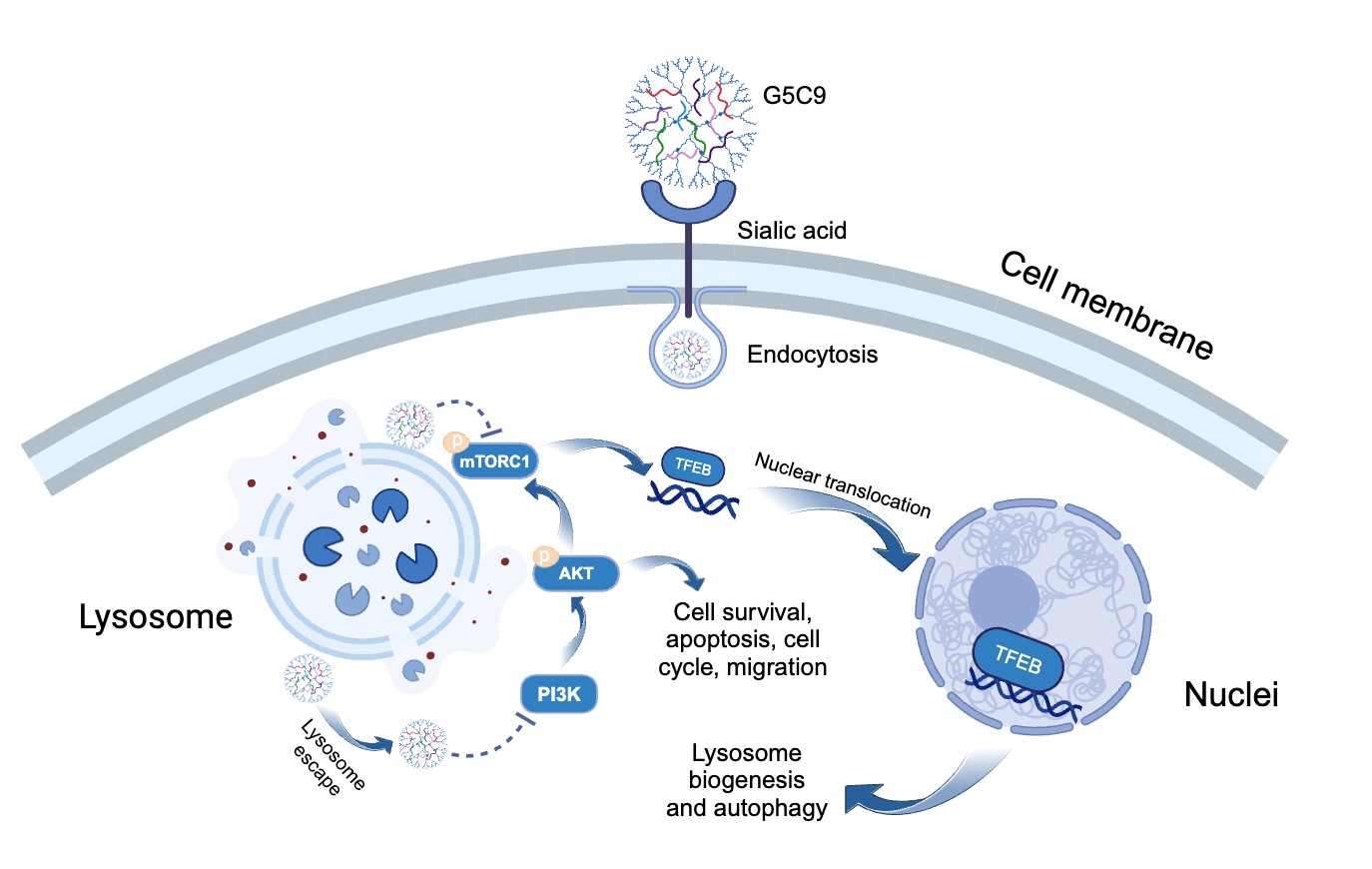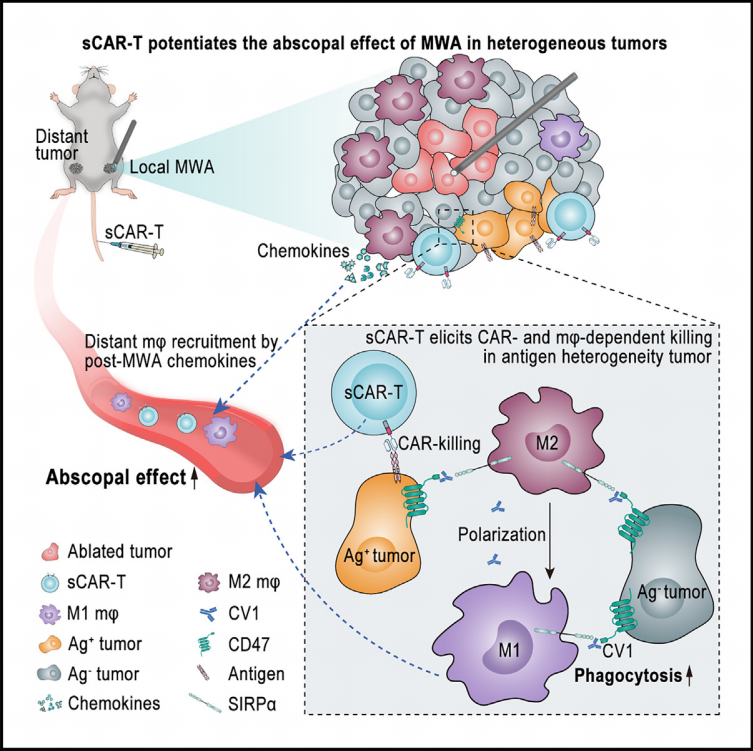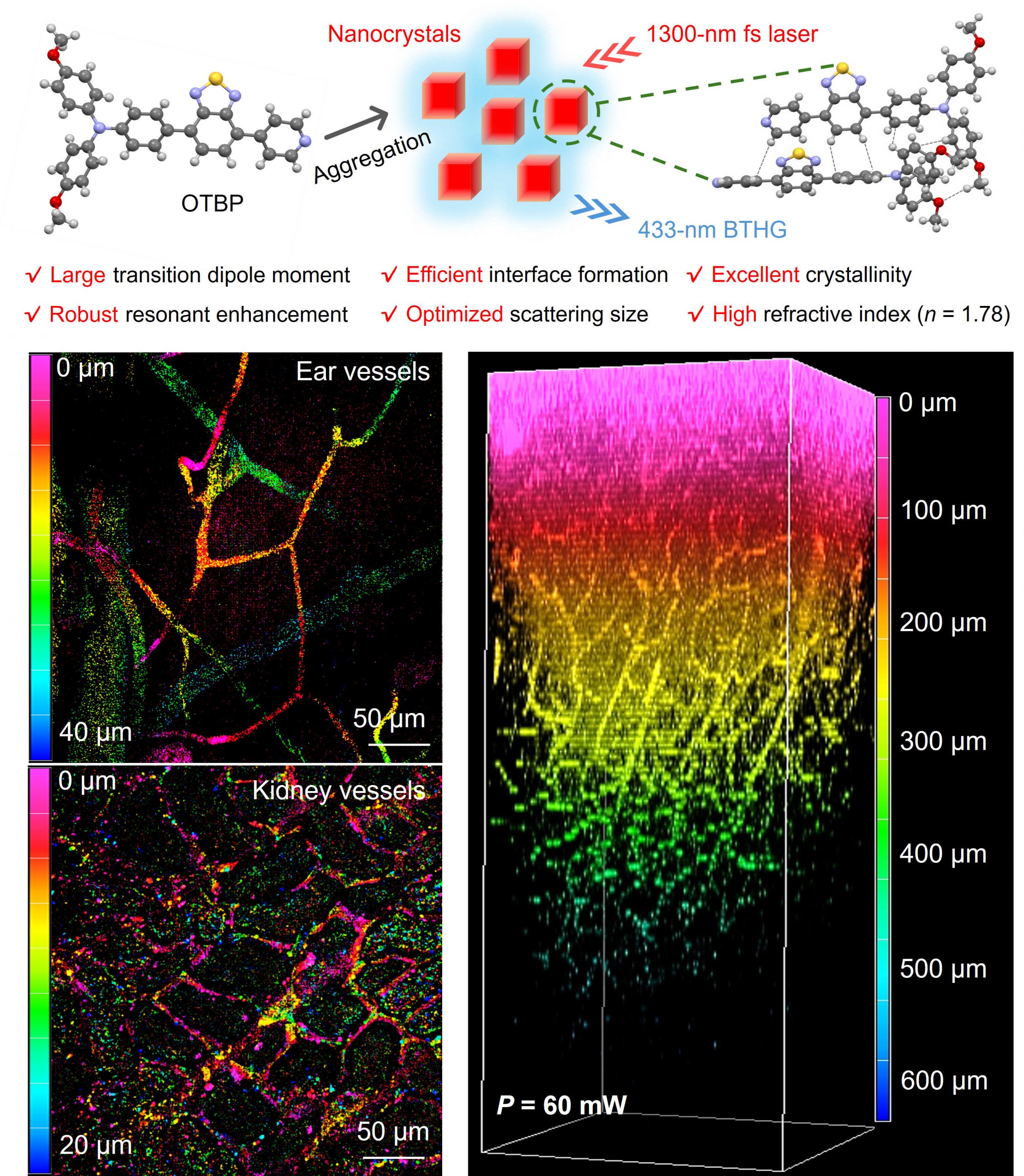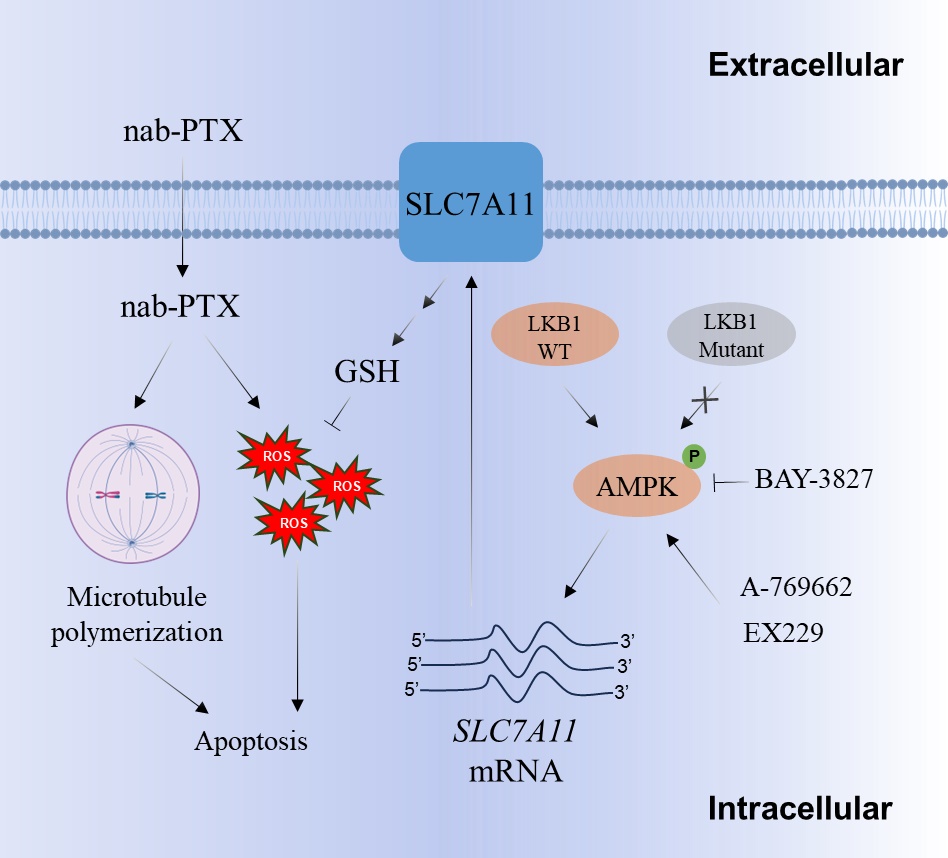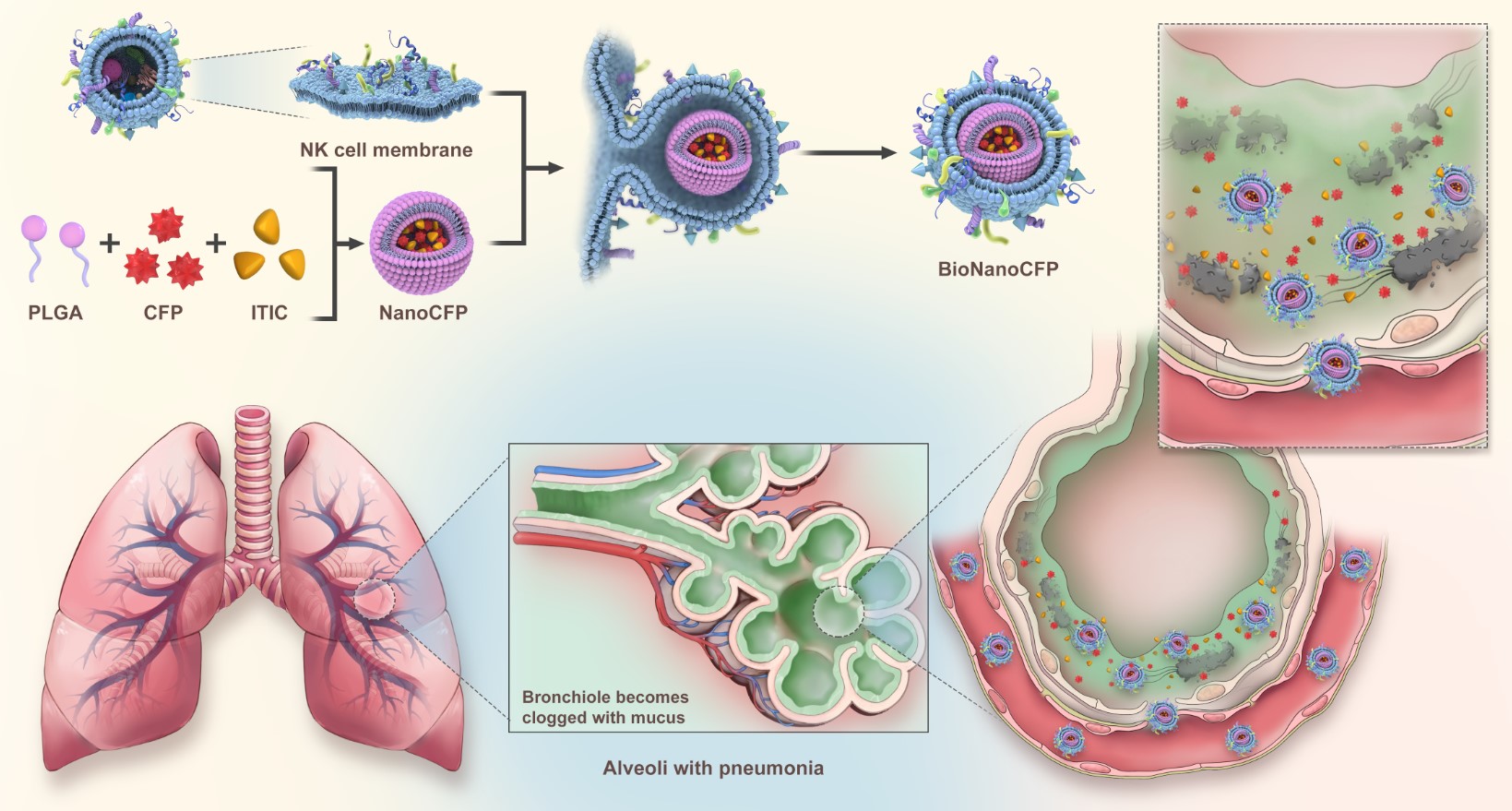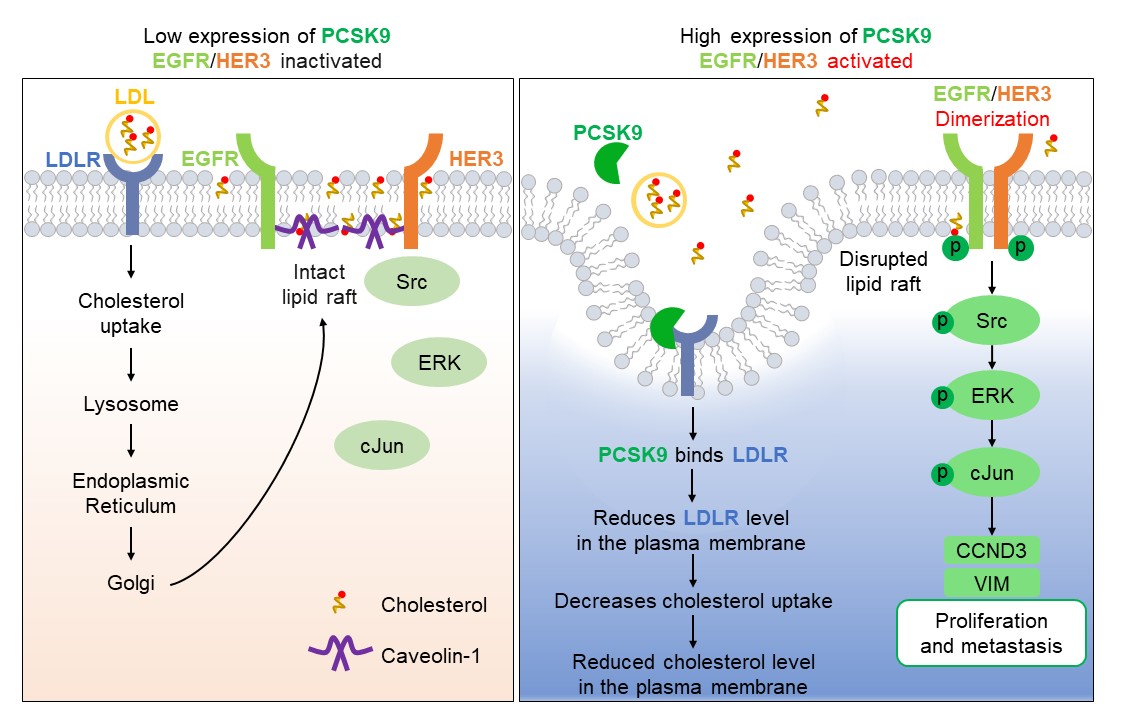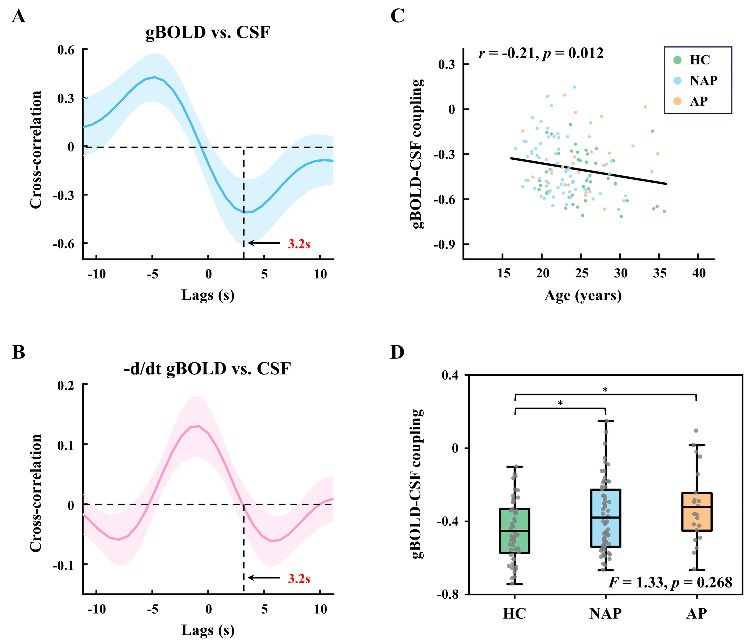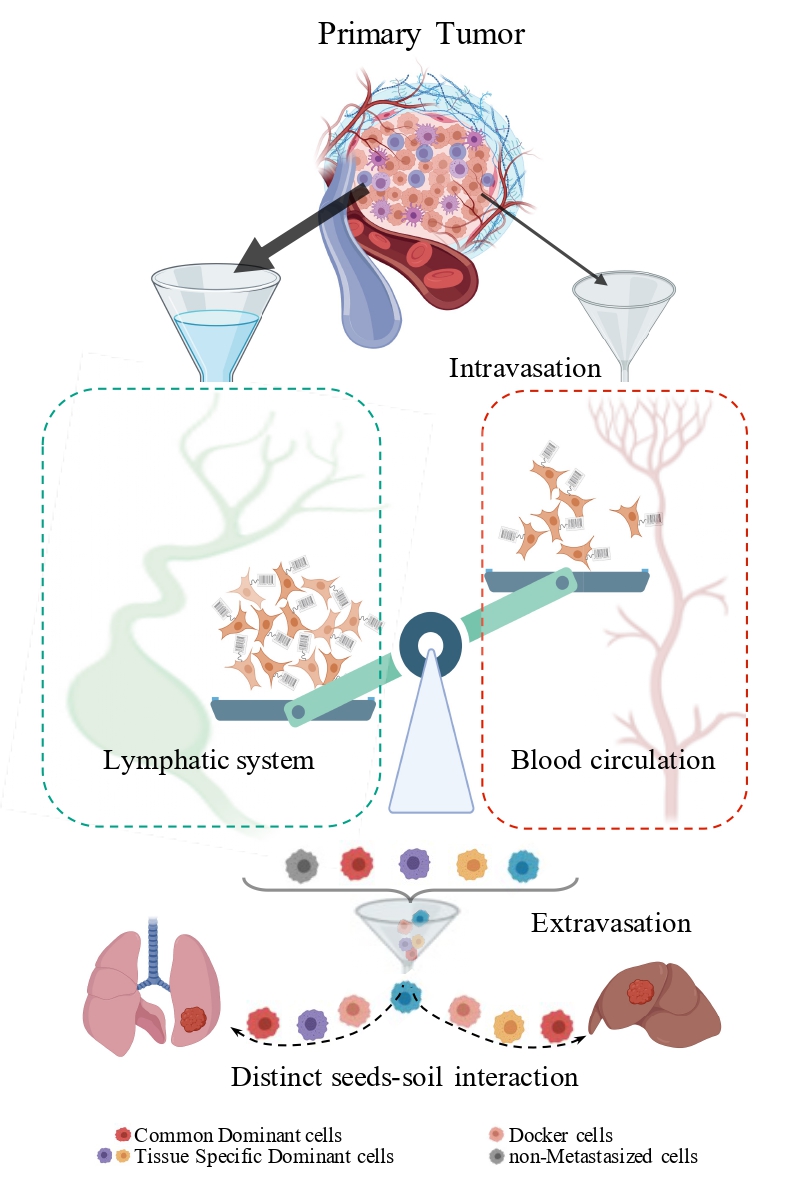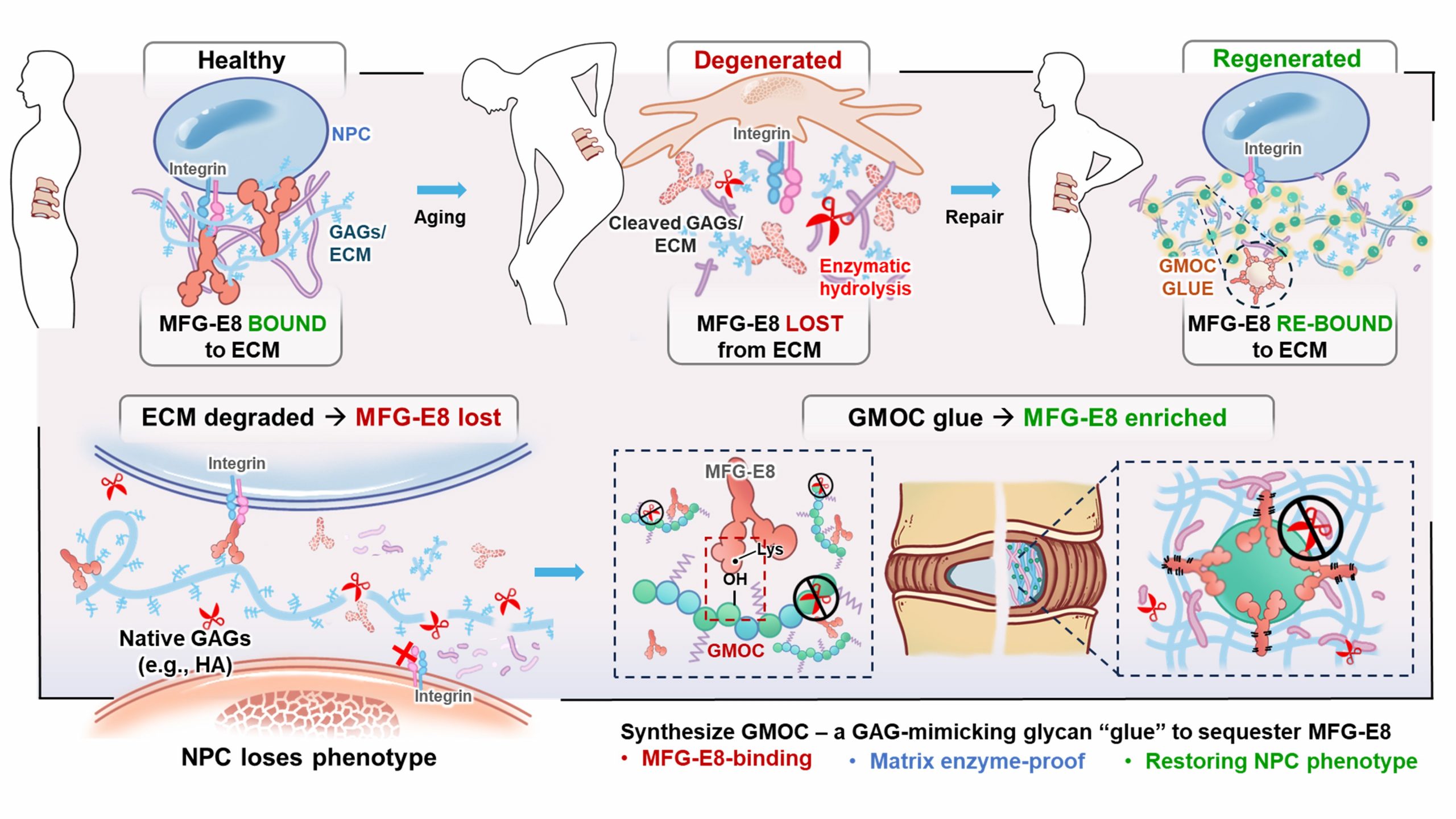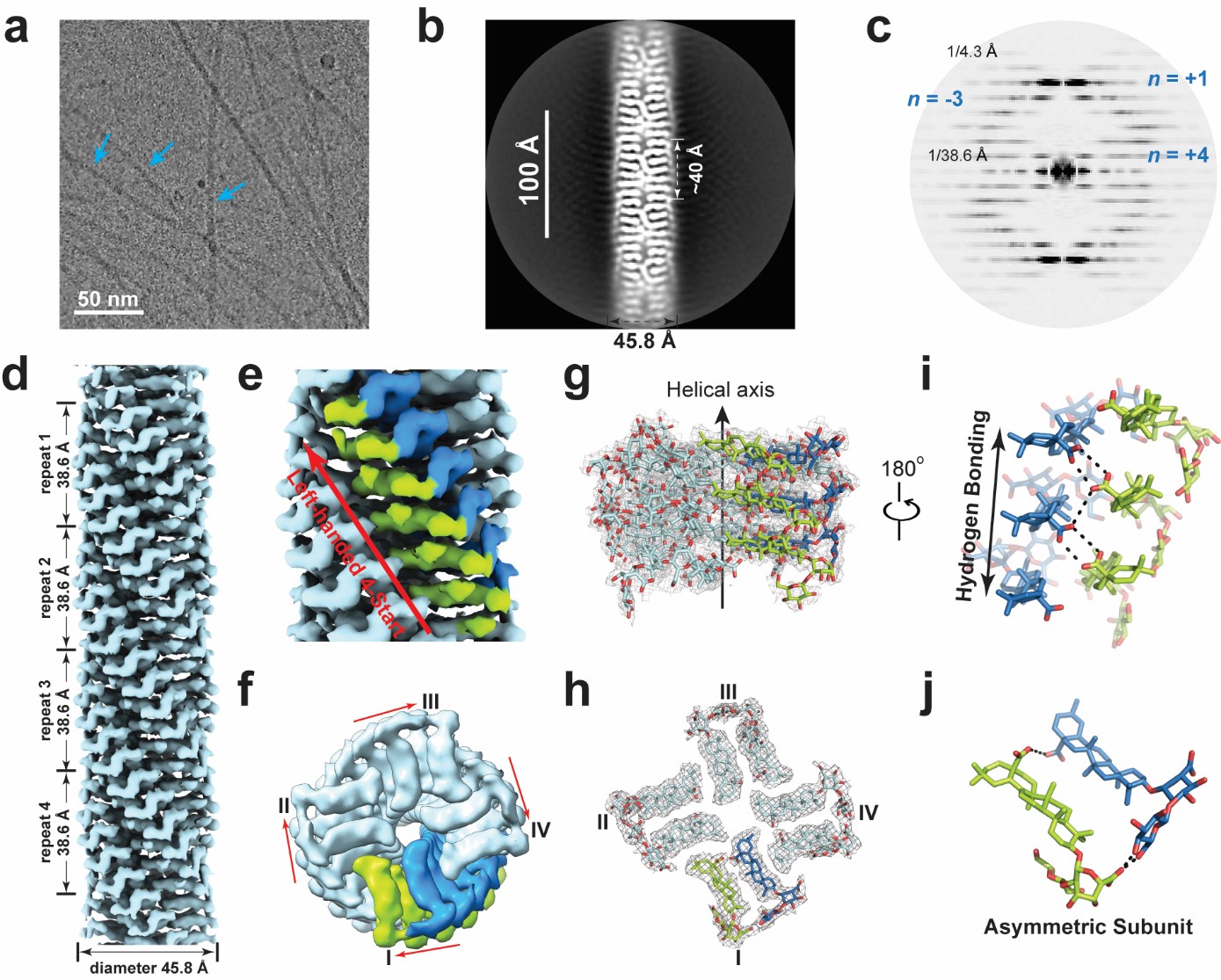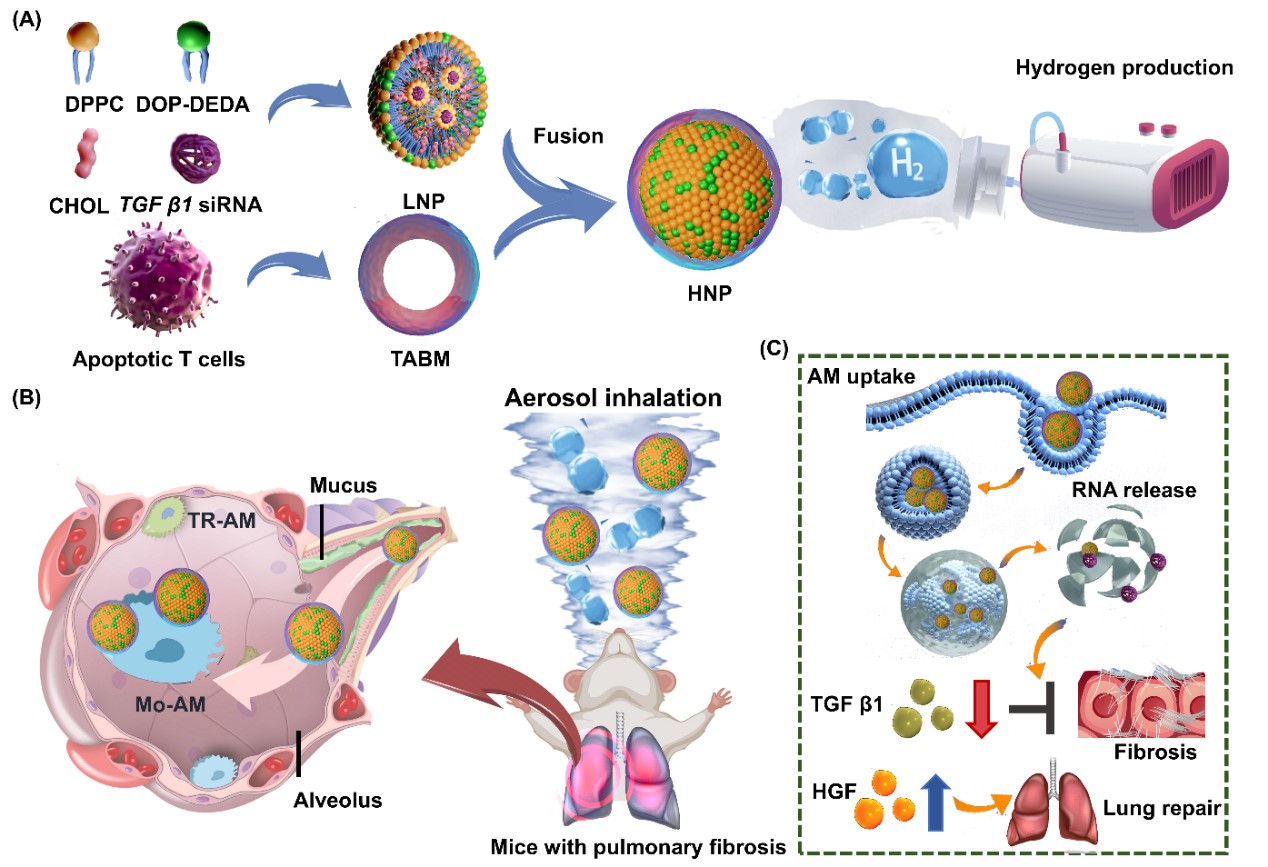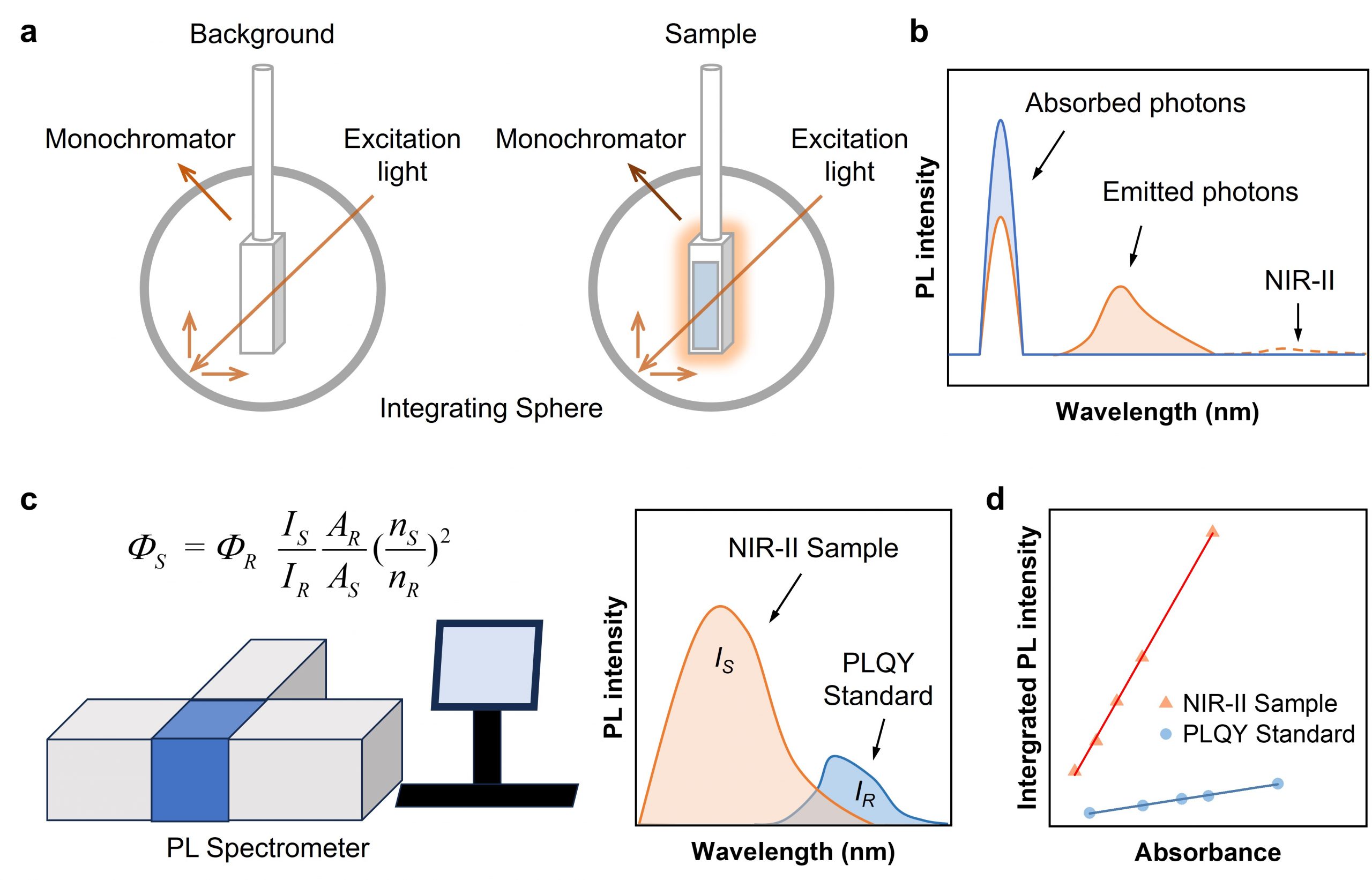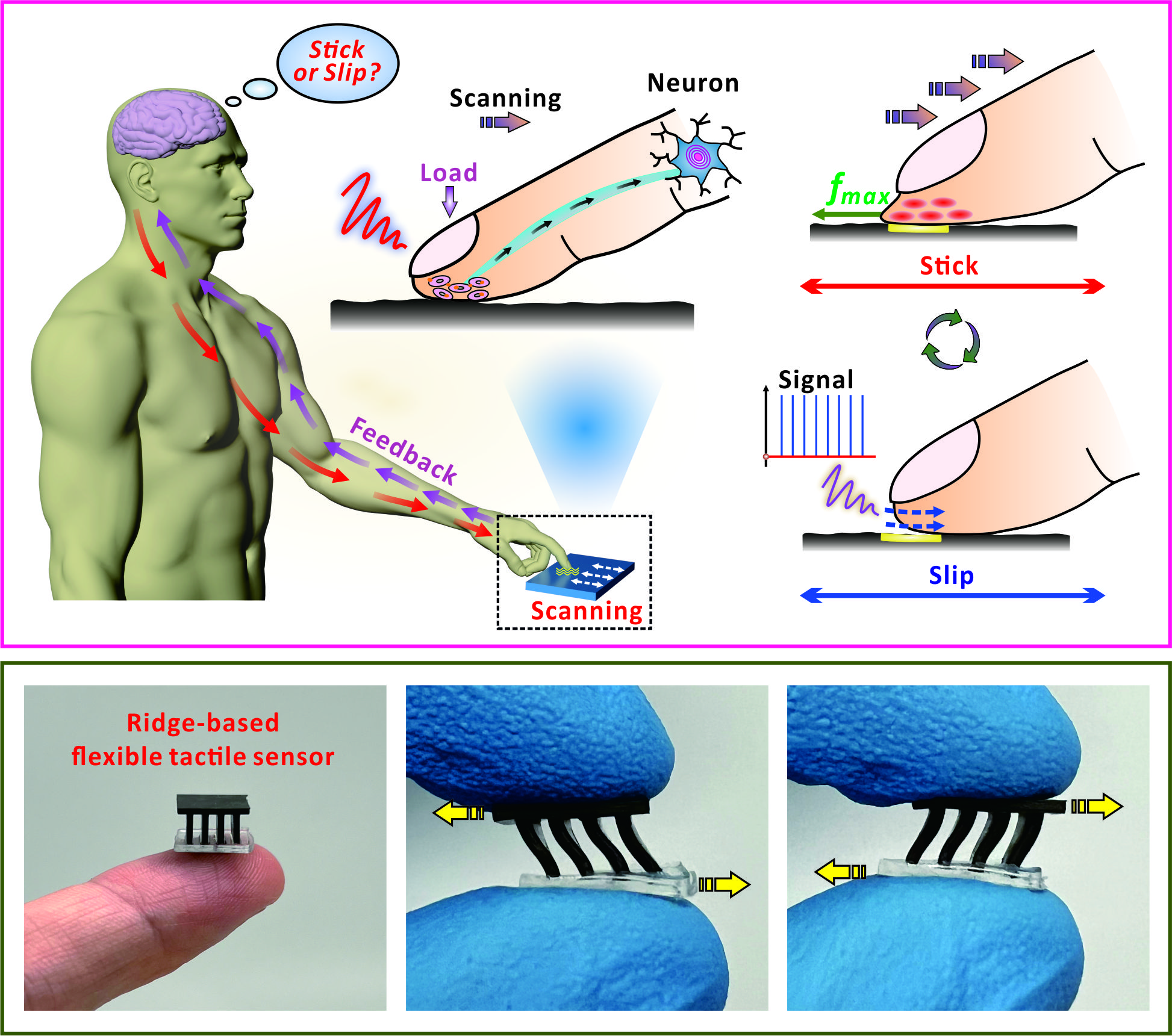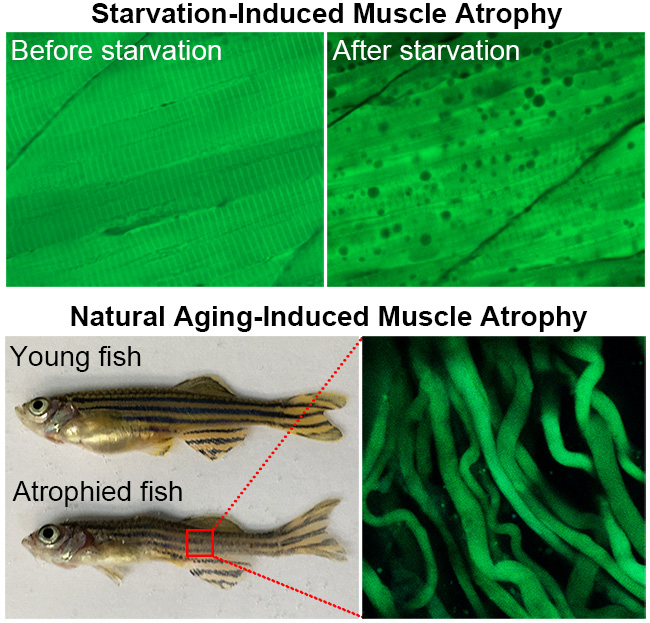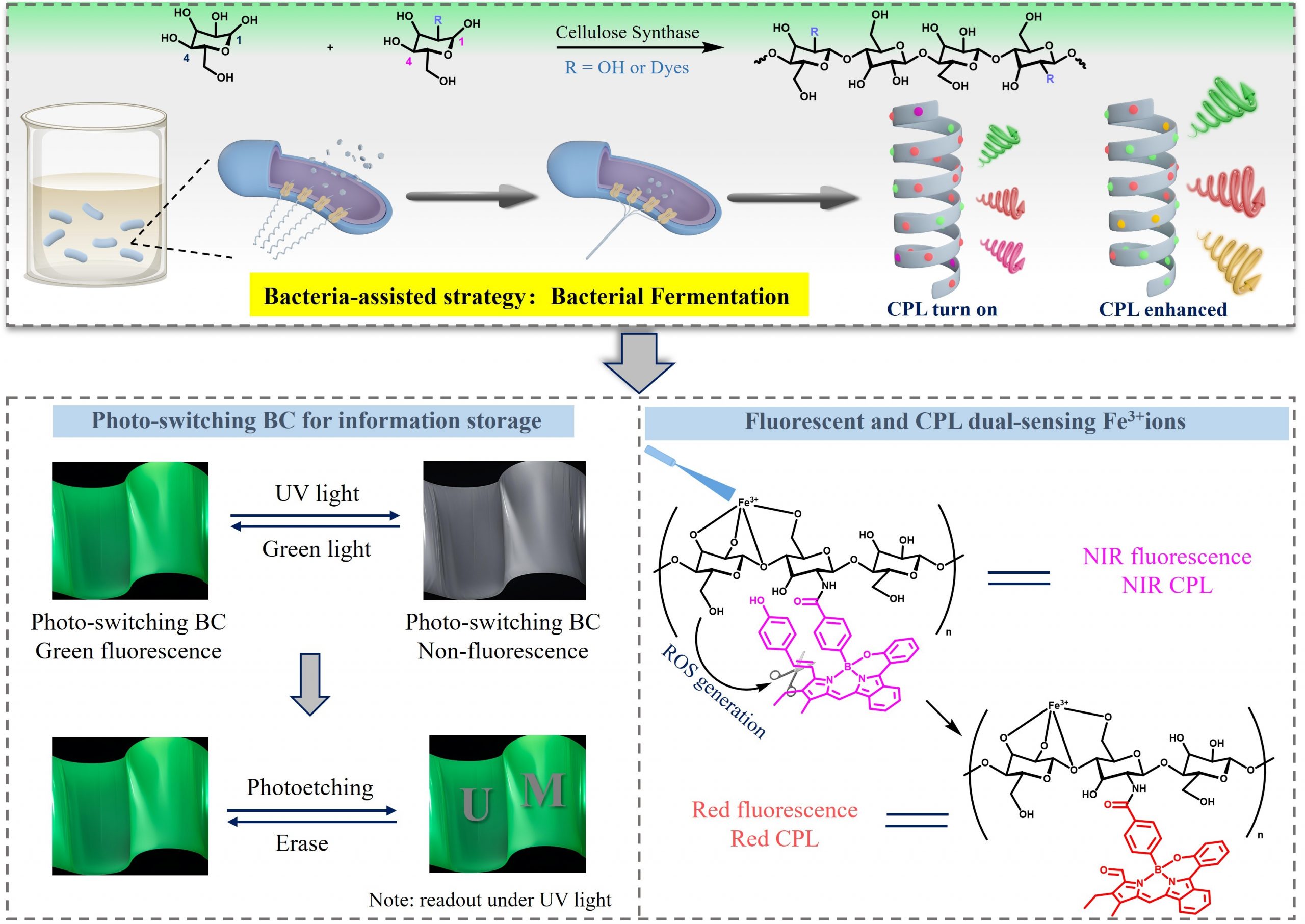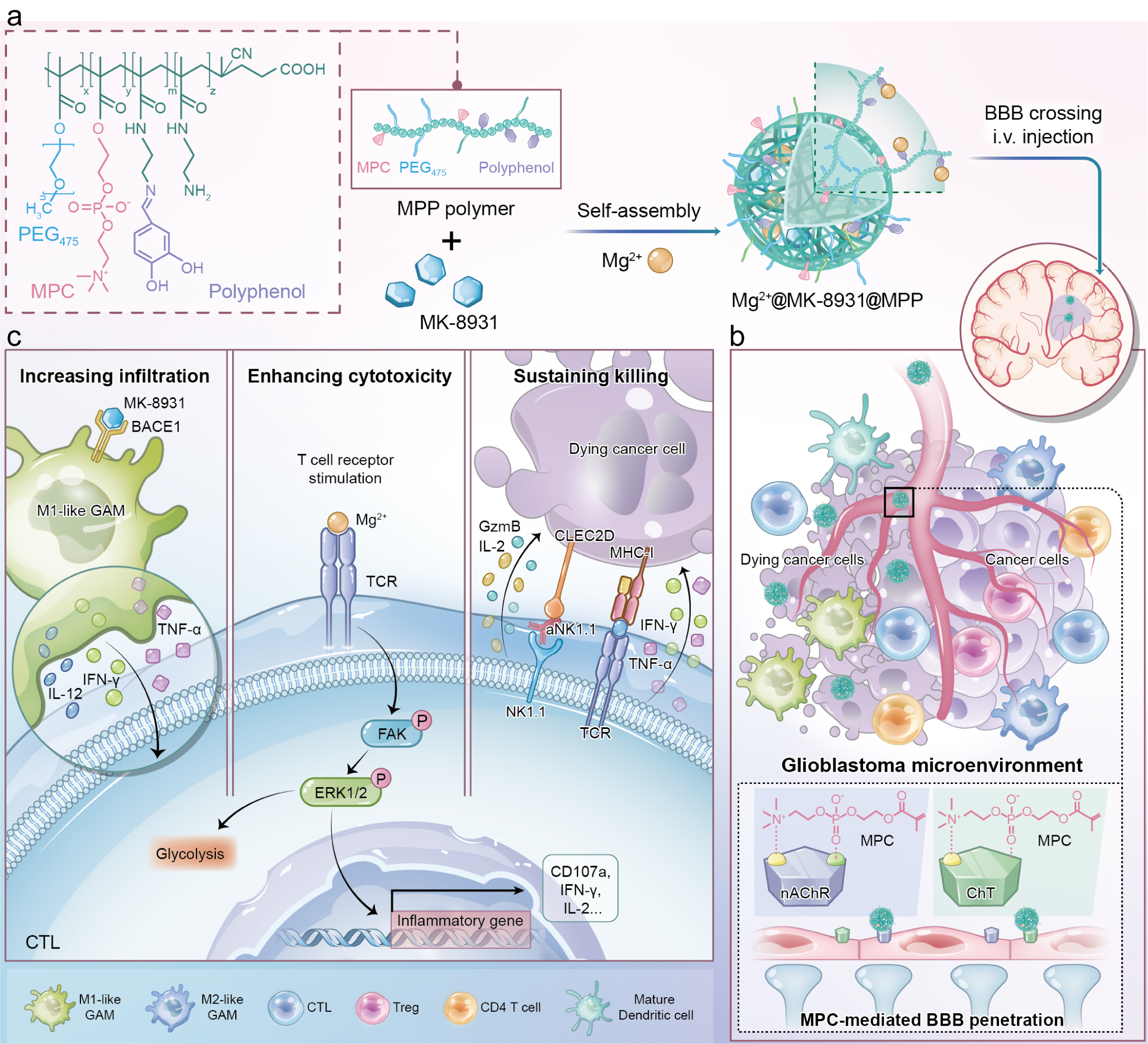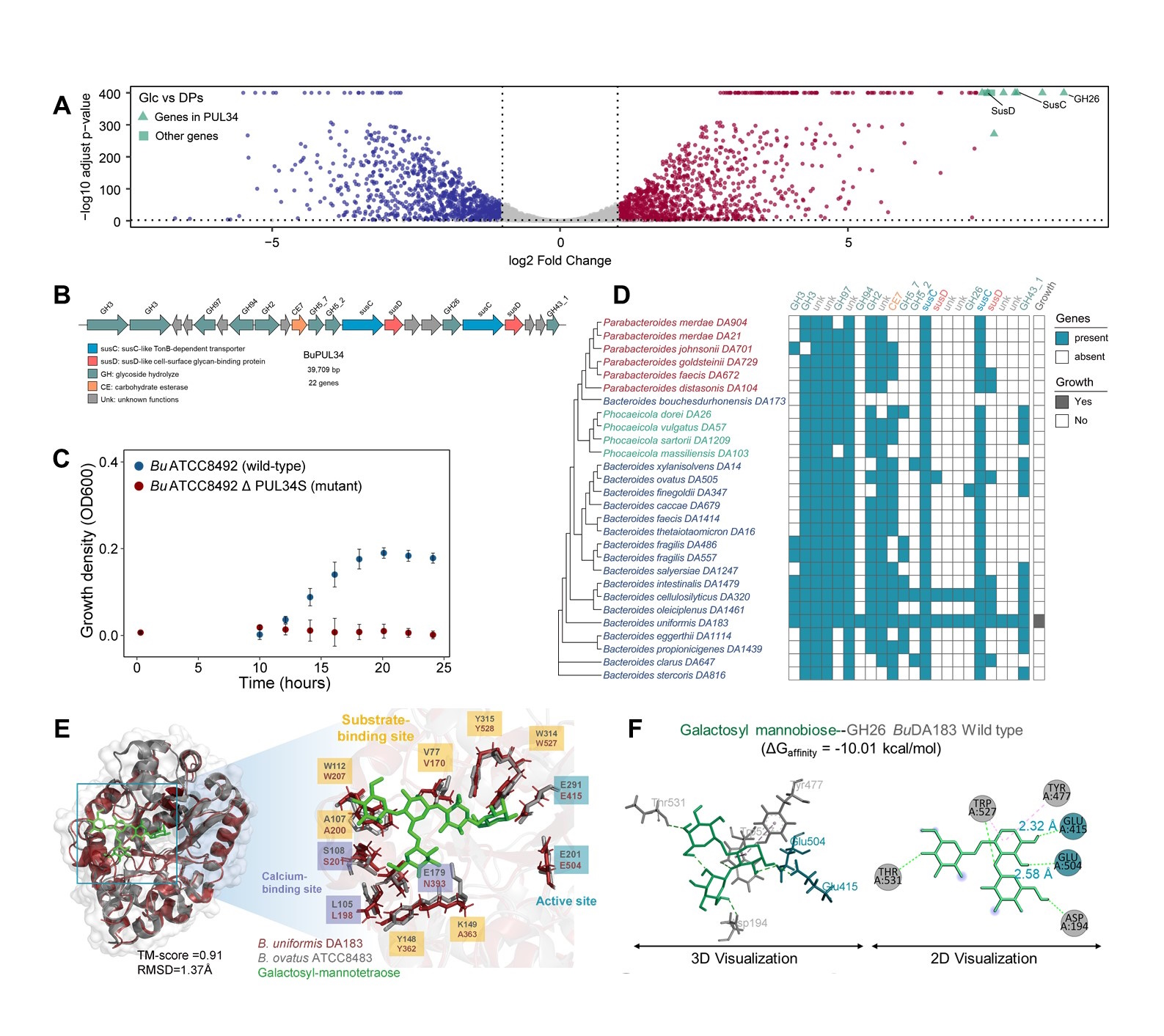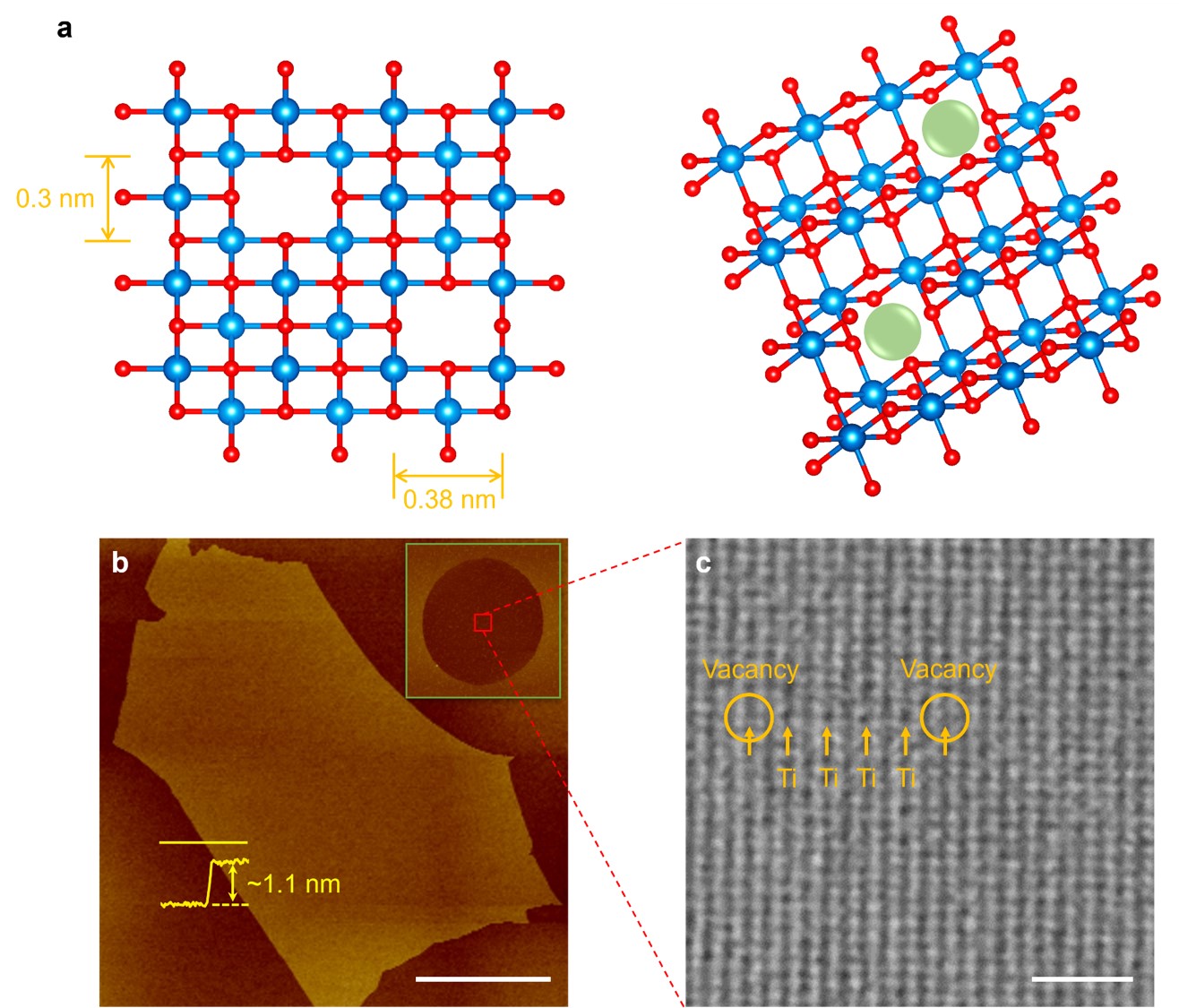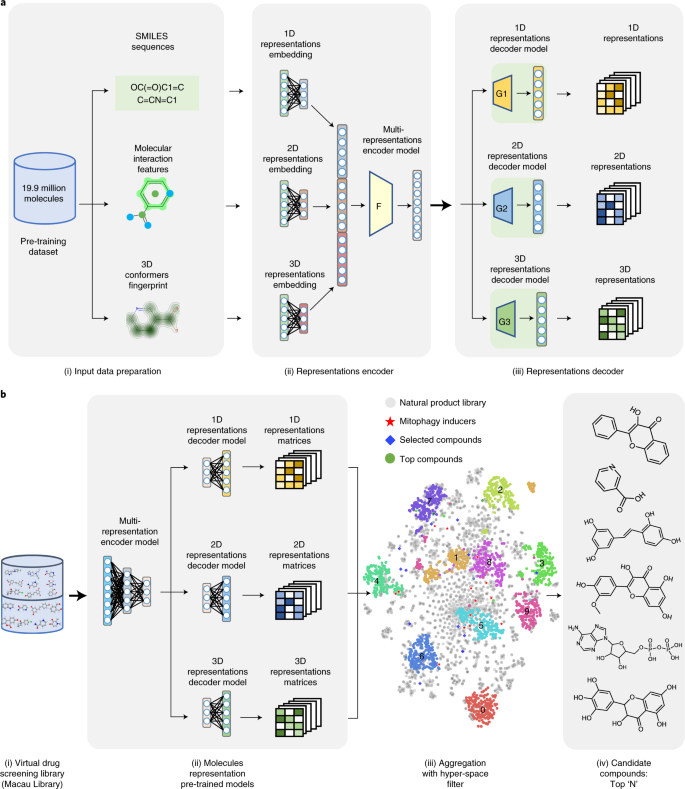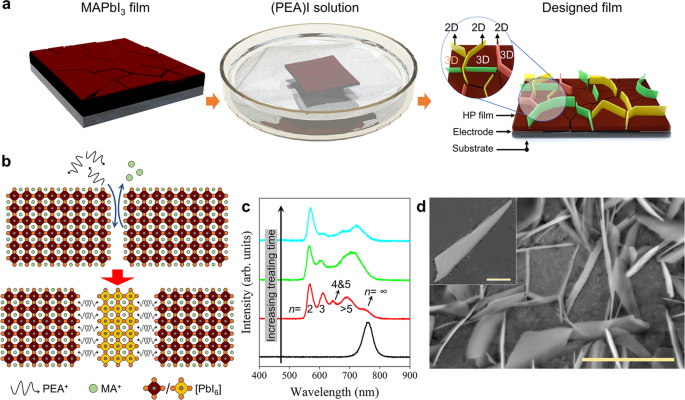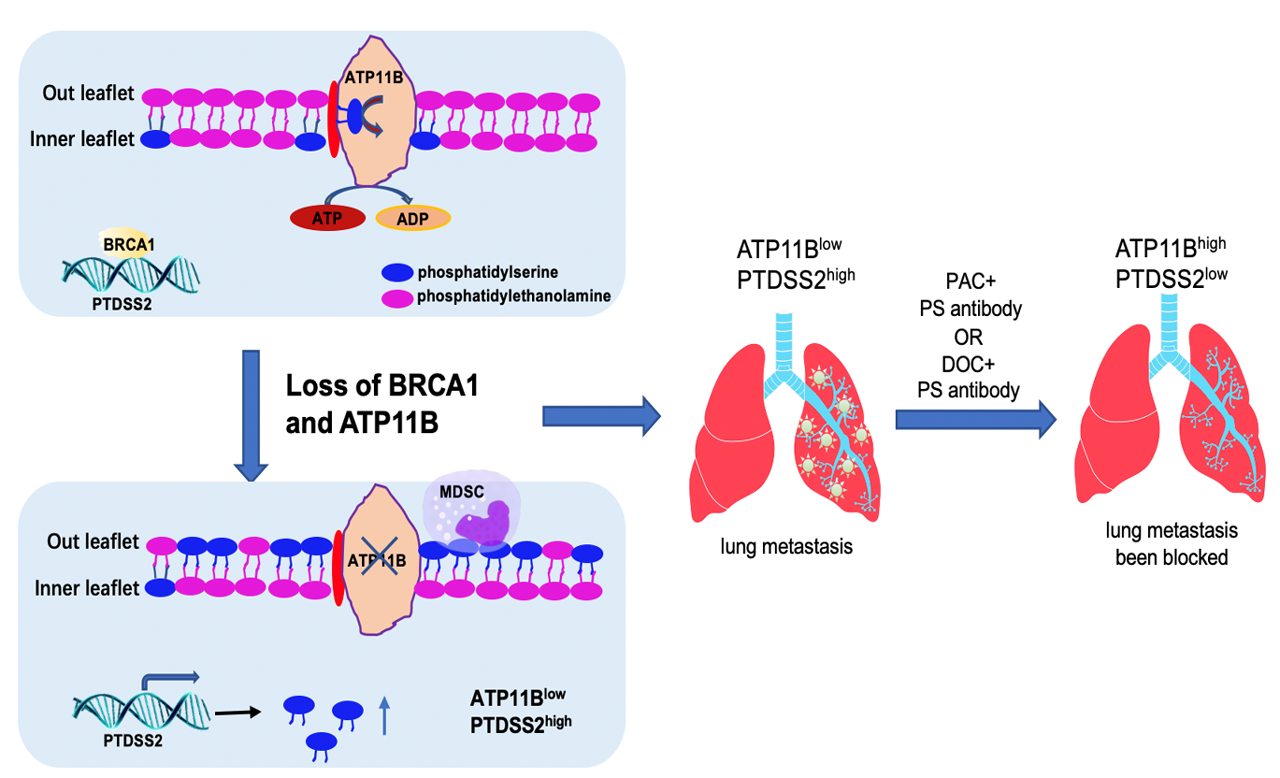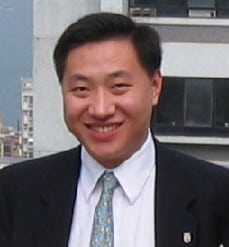- Search
- About UM
- Academics
- Faculty of Arts and Humanities
- Faculty of Business Administration
- Faculty of Education
- Faculty of Health Sciences
- Faculty of Law
- Faculty of Science and Technology
- Faculty of Social Sciences
- Honours College
- Institute of Advanced Studies in Humanities and Social Sciences
- Institute of Applied Physics and Materials Engineering
- Institute of Chinese Medical Sciences
- Institute of Collaborative Innovation
- Institute of Microelectronics
- Asia-Pacific Academy of Economics and Management
- Centre for Macau Studies
- Academic Affairs Office
- Graduate School
- Centre for Continuing Education
- Public Administration Training Centre
- Research
- Colleges
- Study@UM
- Campus Life
- News
- Events
- Information for
- UM Students
- Staff
- Alumni
- Media
- Visitors
- Donors
- Partners
- Accessible

